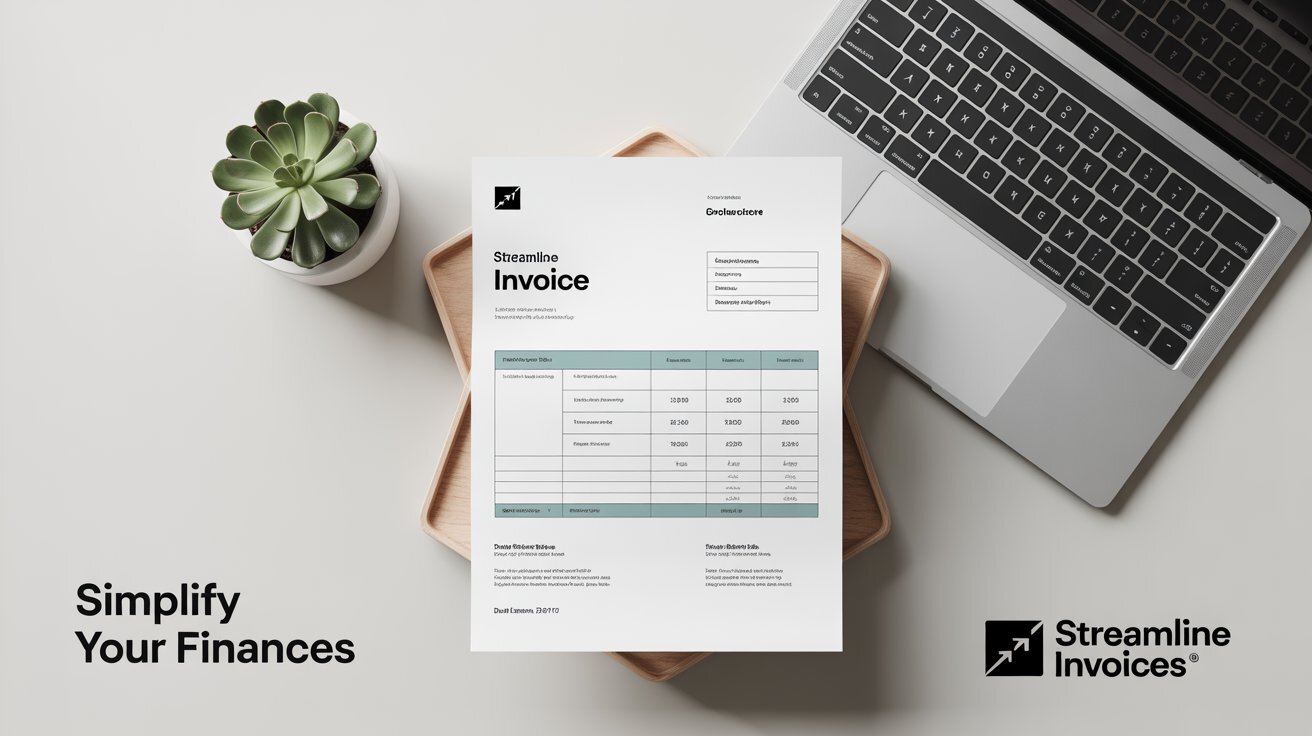Unlock Immediate Cash Flow: Why More Businesses Choose to Sell Invoices Today

Cash flow is the lifeline of every business. Yet, waiting 30, 60, or even 90 days for clients to pay their invoices can cripple operations and slow growth. That’s where invoice selling steps in. If you're wondering whether it's time to sälja faktura accounts to boost your working capital, this article explains how it works, why it’s gaining popularity, and how your business can benefit.
What Does It Mean to Sell an Invoice?
To sell invoice means to transfer your outstanding customer invoices to a third party, typically a factoring company, in exchange for immediate cash. This process is commonly referred to as invoice factoring. The factoring company pays you a percentage of the invoice’s value upfront—usually around 80-90%—and then collects the full amount from your customer later.
Why Sell Your Invoices?
Here are the top reasons businesses choose to sell invoice assets:
- Improve Cash Flow Fast
Instead of waiting months for payment, you get cash within days. This enables you to pay suppliers, meet payroll, or invest in growth initiatives right away. - Avoid Debt
Unlike loans, selling invoices doesn’t add debt to your balance sheet. It's a smart way to fund your business without taking on financial liability. - Outsource Collections
The factoring company takes over the responsibility of collecting payments, saving you time and resources. - Qualify Even with Poor Credit
Factoring companies care more about your customers’ credit than yours. That means even businesses with a limited credit history can qualify.
Who Should Consider Selling Invoices?
Selling invoices is especially helpful for:
- Small to mid-sized businesses
- Companies with slow-paying clients
- Startups with limited credit access
- Seasonal businesses with fluctuating income
Industries like manufacturing, staffing, transportation, and construction often sell invoice portfolios to stabilize cash flow during peak demand.
Steps to Sell Invoices Successfully
- Choose a Trusted Factoring Company
Look for transparent terms, good reviews, and clear communication. - Submit Your Invoices
You’ll send unpaid invoices for approval. - Get Funded Quickly
Once approved, you’ll receive funds within 24-48 hours. - Customer Pays the Factoring Company
The client pays the full invoice amount directly to the factoring firm, which then forwards you the remaining balance minus their fee.
Conclusion
If your business is facing a cash crunch or wants to reinvest faster, the decision to sell invoice accounts can be a game-changer. It turns your receivables into reliable working capital—without the risks of loans or new debt. As more companies realize the benefits, invoice selling is becoming a mainstream financial strategy
